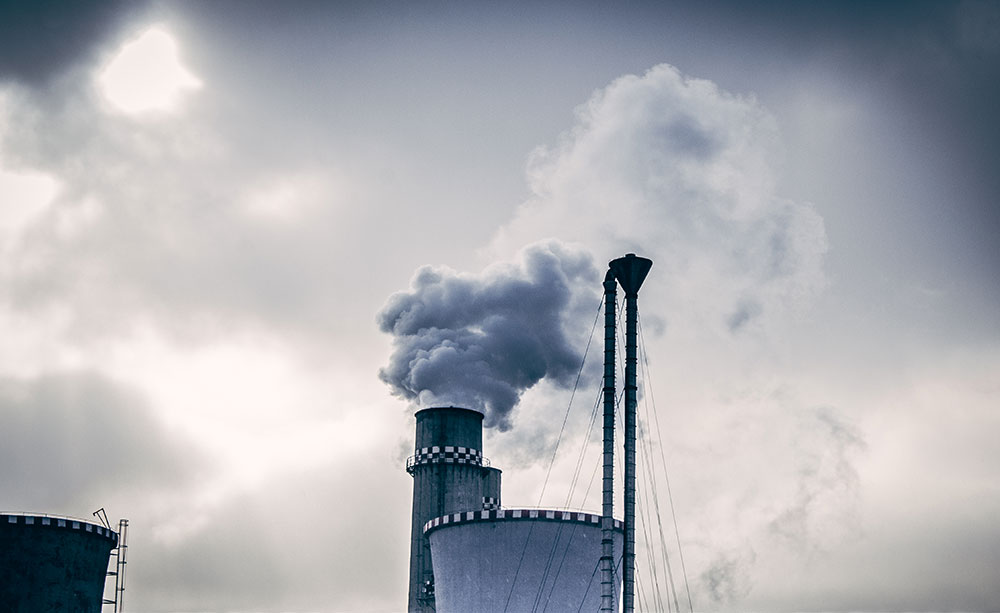
Image: CC0
With atmospheric greenhouse gas levels at their highest in history, many researchers have been contemplating one question: How can we reutilize carbon dioxide?
One new study reports a new catalyst with the ability to execute highly selective conversion of carbon dioxide into ethylene, producing an important source material for the chemical industry.
The push to convert carbon dioxide into useful chemicals is not a completely novel concept among the scientific community. For this study, researchers opted to make the process more efficient by implementing a new catalyst with higher selectivity to produce more useful chemicals and less unwanted byproducts.
Ruhr-Universitӓt Bochum PhD student and ECS student member, Hemma Mistry, veered away from the traditional catalyst used in this process and instead opted for copper films treated with oxygen or hydrogen plasmas. By doing this, Mistry was able to alter surface properties for optimal performance.
(MORE: Read Mistry’s past ECS Meeting Abstract entitled, “Selectivity Control in the Electroreduction of CO2 over Nanostructured Catalysts.”)
This from Ruhr-Universitӓt Bochum:
The researchers also identified the reason why this form of plasma treatment has been successful. Using synchrotron radiation, they analysed the copper film’s chemical state during the catalysis of the reaction. Through these measurements, they detected the cause of the higher ethylene selectivity. The key component was positively charged copper ions at the catalyst surface.
“The results open up new possibilities for designing catalysts on the nanoscale with specific activity and selectivity,” says Beatriz Roldan Cuenya, co-author of the study.

